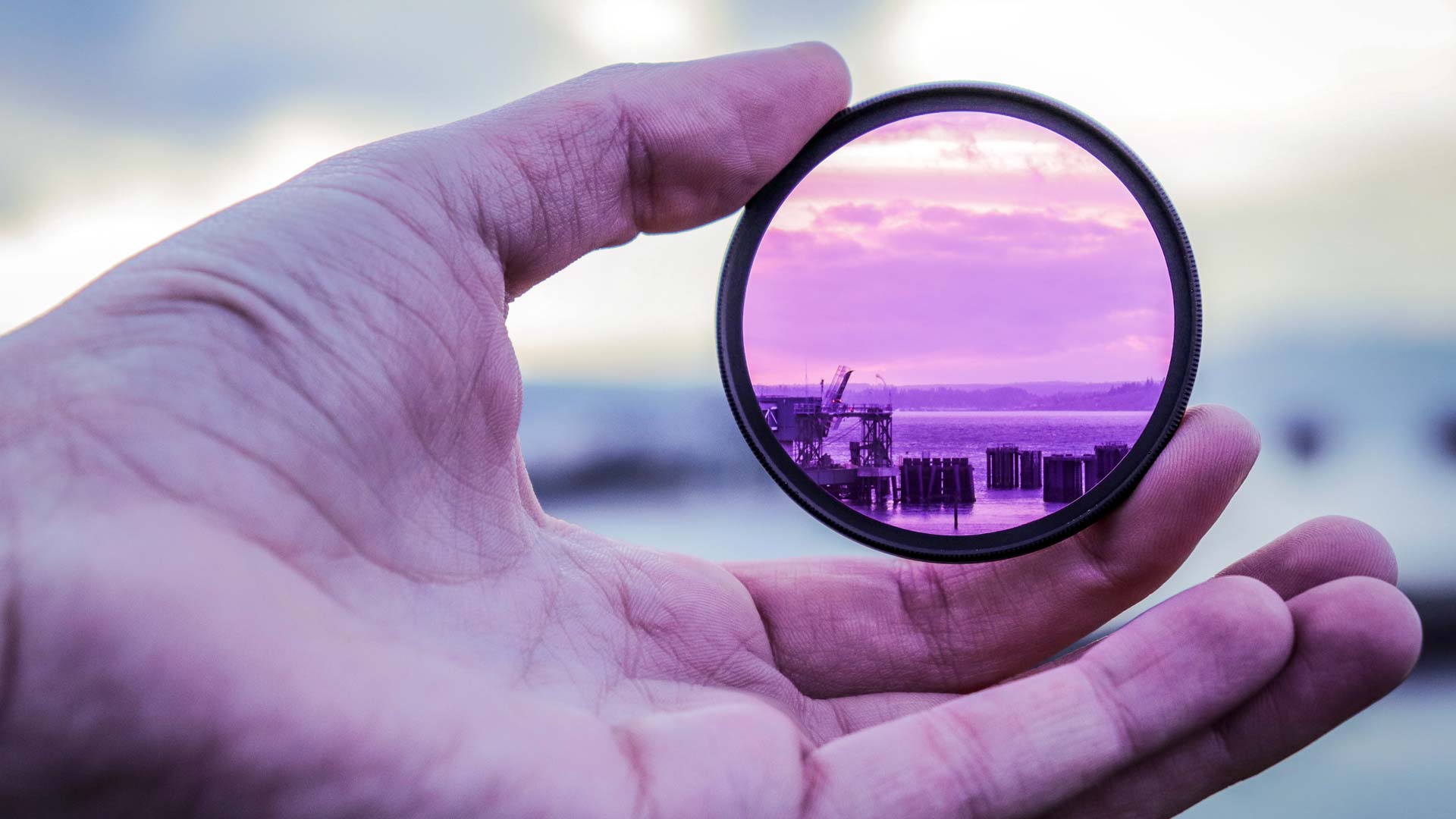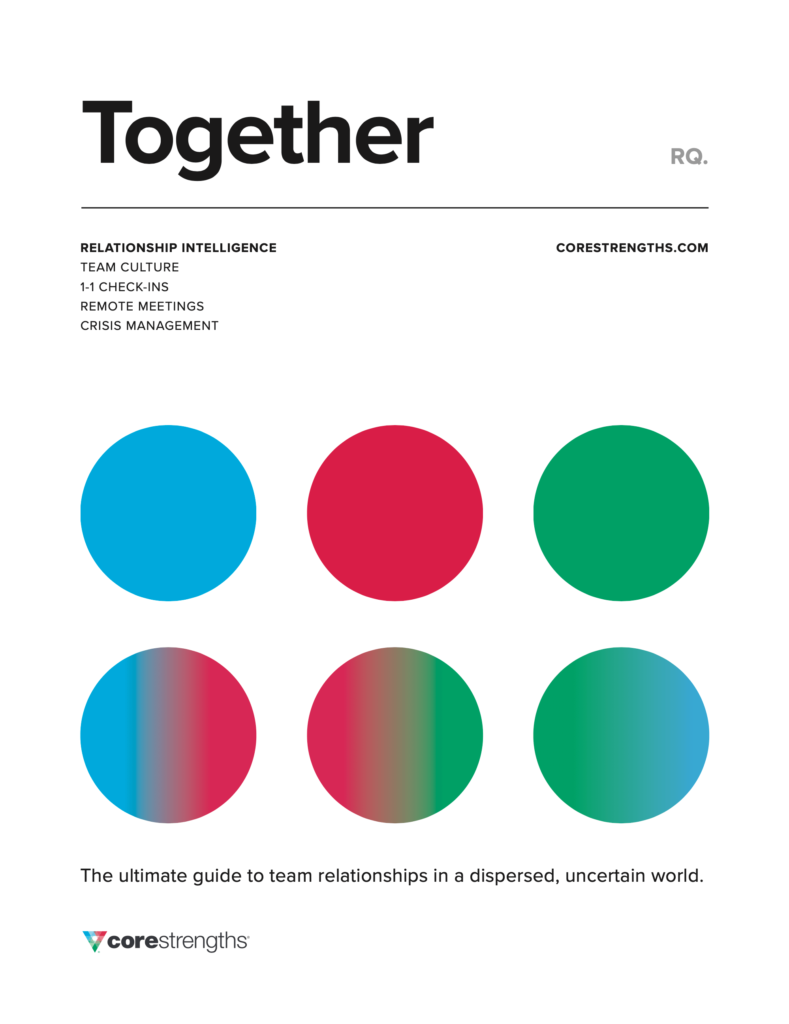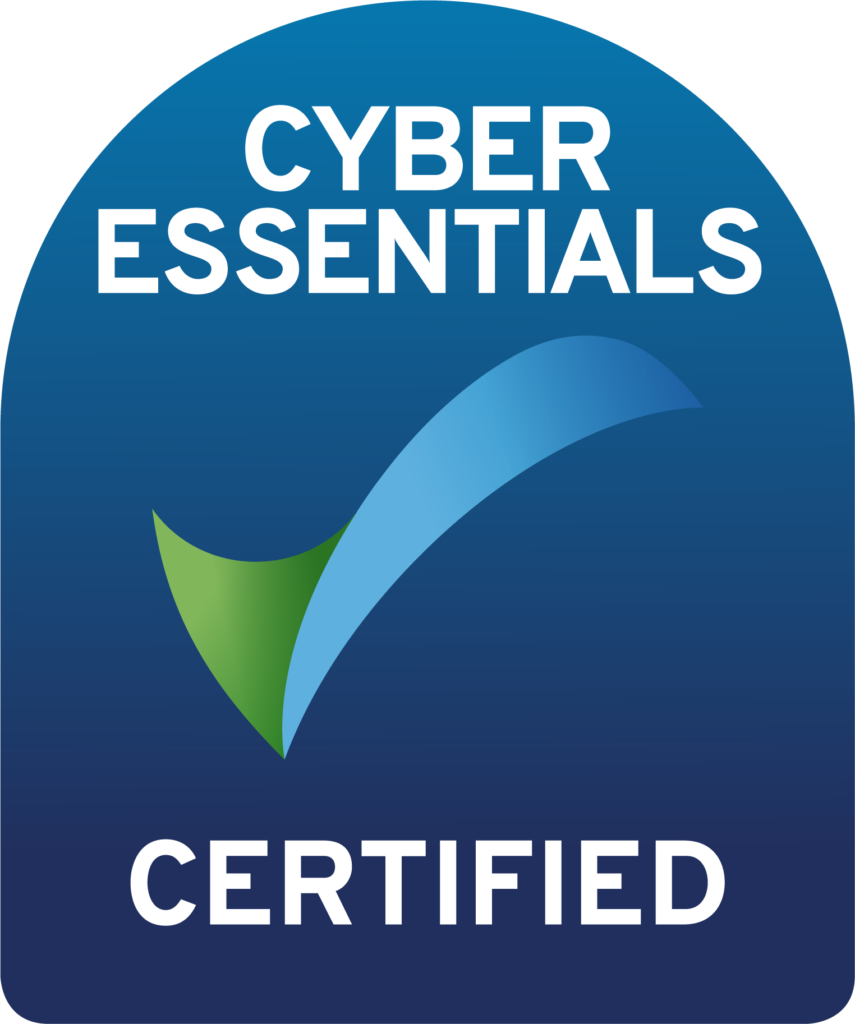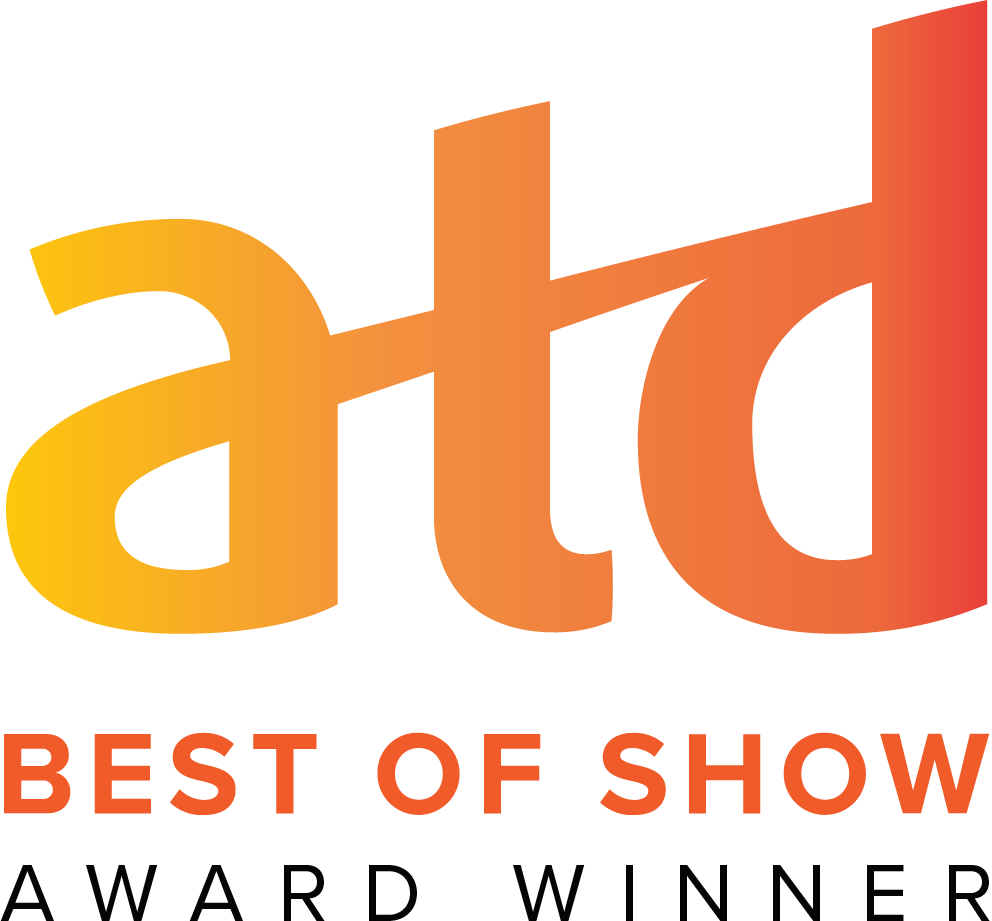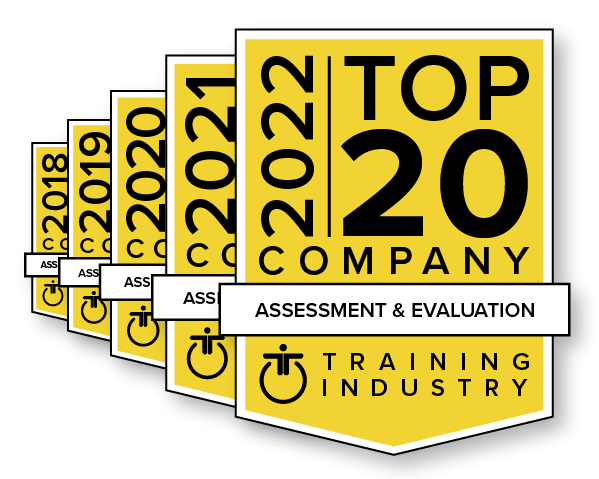The need for diverse teams that can embrace different perspectives and collaboratively create innovative solutions has never been greater. Plus, tapping into the best thinking of a wide array of people is only going to become more important as problems become more complex, competition increases, and the pace of just about everything accelerates. In fact, the ability to build diverse and collaborative teams may just be the most important management skill of the decade.
Recent research supports this view:
- McKinsey & Company’s research suggests a “diversity dividend” based on a strong correlation between financial performance and a company’s makeup. Specifically, they found that gender-diverse companies are 15 percent more likely to outperform their peers and ethnically diverse companies are 35 percent more likely to outperform industry averages.
- MIT’s Center for Collective Intelligence found that teams that are socially sensitive, give everyone a voice in meetings, and include more women work smarter and often make better decisions.
- The idea that women should be given greater voice in decision-making is also supported by research from Catalyst that found organizations with the highest representation of women on their boards financially outperform their peer companies by wide margins.
- Deloitte Australia found inclusive teams that work well together are 80 percent more likely to outperform their peers.
- After looking at 454 companies, Bersin by Deloitte concluded that diversity and inclusion tops the list of talent practices that drive financial performance.
The evidence is overwhelming: we need to embrace differences and equip people to work better together. Unfortunately, the traditional way of viewing diversity and inclusion based on legally protected classes often falls short—especially when we don’t embrace important differences we don’t readily see.
The invisible differences—the ones that are embedded in our personalities–often matter most. Specifically, the way people tap into their motives, assess situations and people, and bring strengths to their relationships is an incredibly valuable form of diversity that transcends more familiar approaches. I believe organizational leaders should see and seek out these differences as well.
In my work with organizational clients around the world, I get to witness this phenomenon come to life. After people on a team receive their results from an assessment called the Strength Deployment Inventory or simply, SDI, I invite them to form into discussion groups representing their Motivational Value System (MVS) type. MVS is a vivid way of describing how people prioritize their concerns for people, performance, and process. In short, MVS explains why we do the things we do and what we want from our relationships.
A quick look around the room often reveals an older Baby Boomer standing next to a recent college graduate just beginning her career, as well as people of different races, different genders, from different departments and even from different countries. In other words, I see groups that appear to be extremely diverse using traditional measures. Nevertheless, as the people working together begin listing the kind of workplace environment they find most engaging, how they like to receive feedback or work with others on a team, and what triggers conflict for them, they say very similar things. Then, I’ll turn to another group across the room with a different MVS and they too share similar perspectives when it comes to what they want from their relationships and what it takes for them to thrive in the workplace–despite external dissimilarities that imply big differences.
Sooner than later, the groups typically draw two conclusions:
1. When we dig beneath the surface and get to what really matters most to people, we can find common ground with those who, on the surface, would appear to be quite different; and
2. Not everyone sees things the same way—and that’s a good thing. As a team, we need to respect and leverage these different perspectives if we want to achieve our goals and tackle the tough challenges we face.
For me, I always walk away from these sessions with a renewed appreciation for diversity and inclusion seen through a different lens. I’m also convinced that if we can harness the power of these differences, we can achieve almost anything together.
